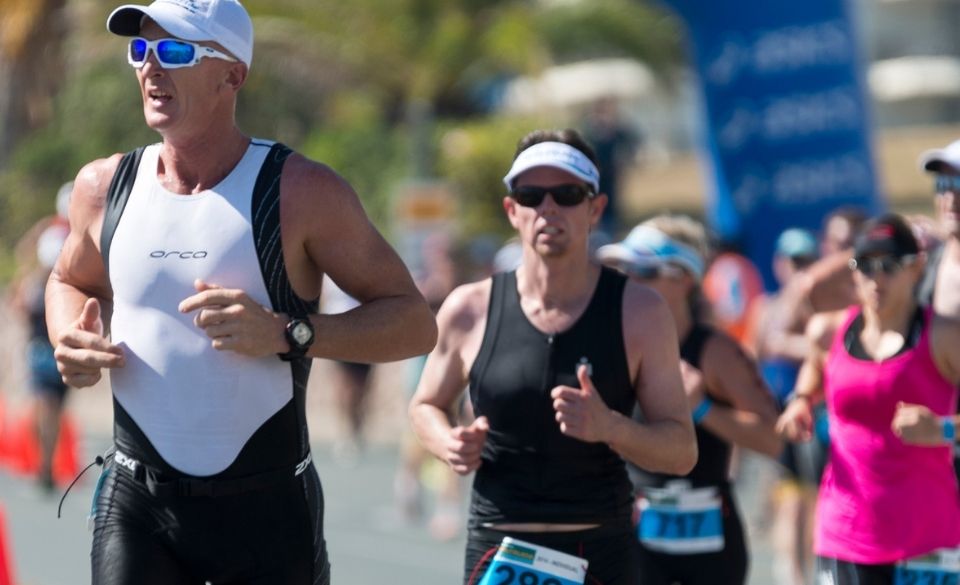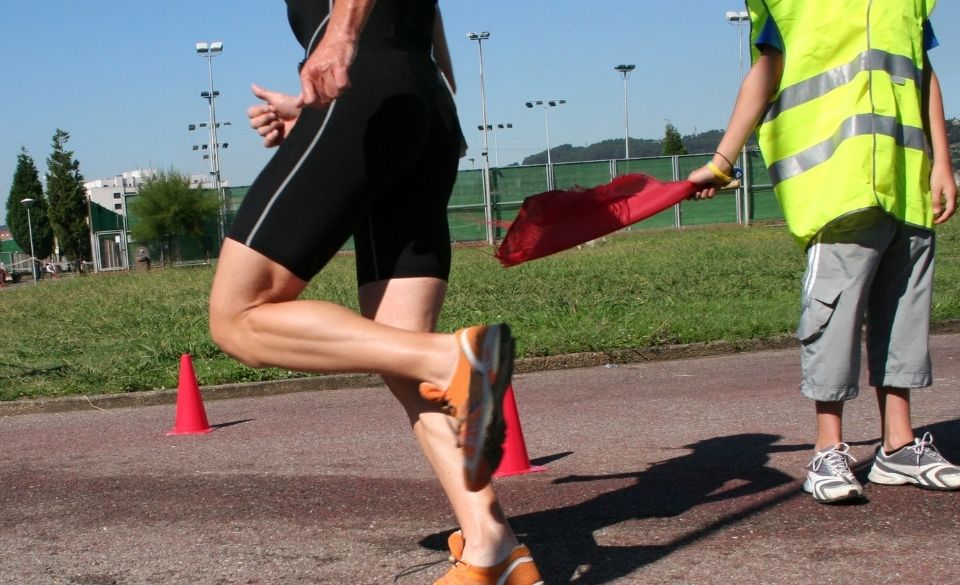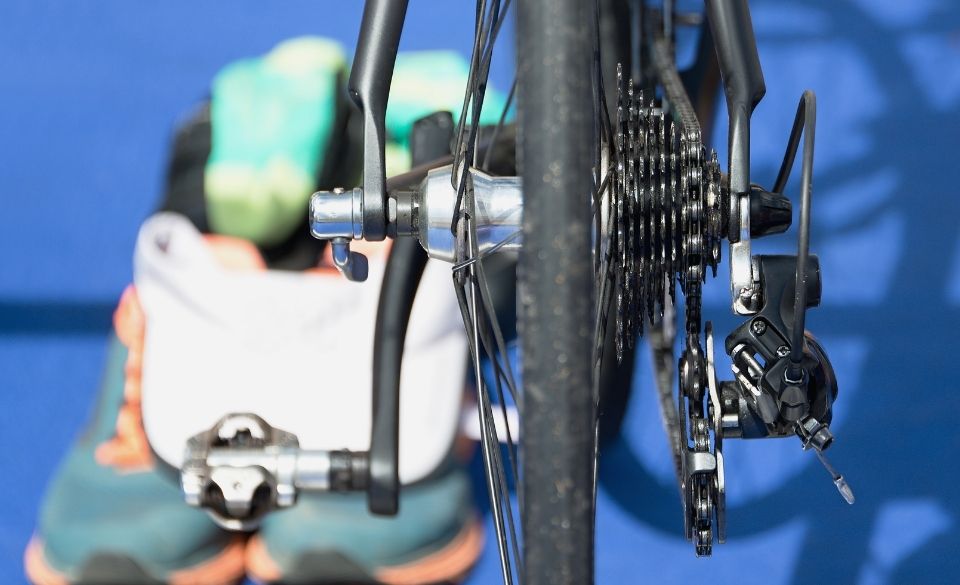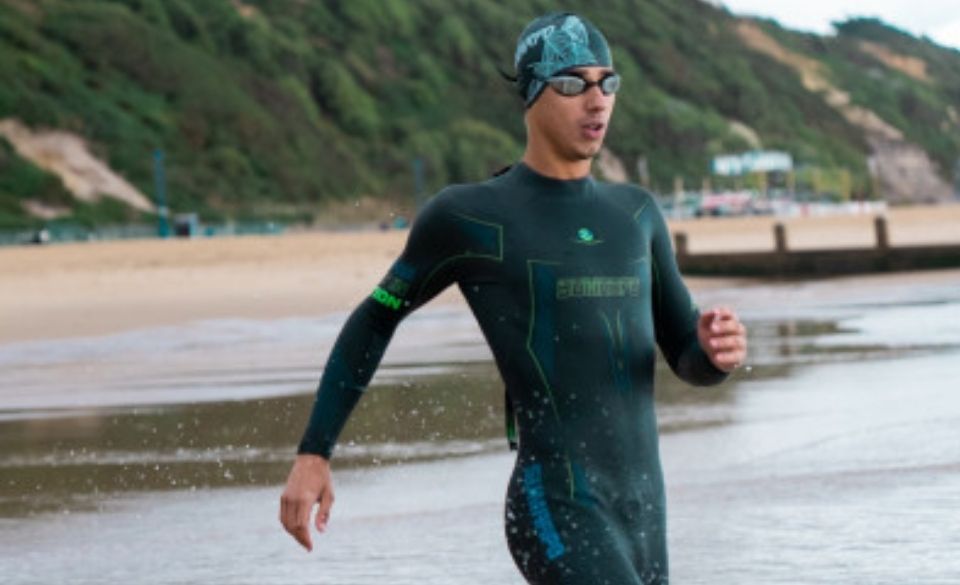
Triathlon Tips for First-time Triathlete – Things You Need to Know
Page Contents
Whether you are a first-time triathlete or an experienced one, there are some things you should know about. This could be triathlon rules, nutrition, food, or transition. Either way, understanding some basics will help you get through your first triathlon with ease.
So, put together a checklist before you enter your first triathlon and learn some of the basics. It will help make race day much more enjoyable.
Know Triathlon Rules – What are they?
While entering your first triathlon is easy and rather exciting, there are some rules you need to follow. Even there are pages of rules in triathlon, regardless of the event, there are some basics you need to know.
Follow the course directions – Regardless of the event, there is always a course to follow. Race day volunteers and signage will help direct you in the right direction. Keeping to the racecourse will prevent you from being disqualified.
Make your race number visible at all times – It is important to keep your race numbers visible at all times. This includes body numbers and bike race numbers. Doing so will allow volunteers and race referees to identify you on the racecourse and when you finish. Failure to do so may end up resulting in disqualification, so it is important to double-check these before starting the race.
Wear your race chip – Ensure your race timing chip is correctly placed. This can include being on your leg and your bike (depending on the event). The race chip is an important part of a triathlon and will provide times for each discipline and transition. Failure to wear your race chip will result in no timing and disqualification of your results.
Wear correct clothing – Triathlon clothing or similar must be worn at all times. This means either a top and bottom or one-piece triathlon suit is required. However, the suit may cover the arms and shoulders, meaning you can wear a short sleeve triathlon suit, not just a triathlon singlet.
Wear the correct swim cap – Most events provide a colored swim cap. This is to allow race organizers to see what category you are in. Failure to do so may end up in you being pulled from the water.
Understand the drafting rules – While the drafting rules may sound complicated if you are a newbie keep at least two bike lengths away from your closest competitor. This will prevent you from receiving a drafting penalty. Alternatively check the race events rules, to make sure you understand how much room you should leave between you and your nearest competitor on the bike leg.
Stay away from outside assistance – That means you are not allowed any outside assistance during the event. This includes someone helping you with a flat tire or providing nutrition outside the feed stations.
Understand when to wear a wetsuit – Depending on water temperature you may be required to wear or not wear a wetsuit during the swim. This is largely dictated on the water temperature before race start. Companies like SUMARPO provide a range of models for all levels of triathletes.
While there are many triathlon rules, above are some of the basics you need to learn. However, we do recommend you read the race event booklet which will explain races rules in more detail.

Nutrition & Food For a Triathlon
Having the correct nutrition and food intake during an event will prevent you from bonking, or running low in energy. By eating and drinking regularly you will provide yourself with enough energy and hydration to get through the event.
However, there are some things you should know.
Focus on eating foods that are easily digestible during a triathlon. This could be anything from energy bars and gels to bananas and cookies. The food you take in during an event may vary depending on the discipline. For example, gels can be useful on the run, while cookies or energy bars are more suited to the bike. Following this guide will prevent any stomach issues from food that hasn’t been digested properly on the run.
As a general rule of thumb try to take in 60-80 grams of carbohydrate per hour (run and bike). Doing so will prevent a drop in energy levels. However, everyone is different so it is worth practicing in training the amount your body can digest safely.
Other things like hydration are super important. Aim for at least 500ml of water or electrolyte drink per hour as a minimum. Then as the temperature rises (above 20 degrees), you may need to increase this, depending on your sweat rate.

Keep the Transition Simple
The transition between the swim and bike, then the bike and run can be daunting. However, don’t stress. The transition is a great time to find your feet, relax and prepare for the next discipline.
During your first few triathlons, there is no rush. Learn to take your wetsuit off, transition to the bike correctly, and do all the basics rather than trying to be as fast as possible.
The more you compete the naturally faster you will get. However, trying to speed up the transition, in the beginning, will provide you with more stress and elevate your heart rate too much.
Find a Coach For Your Training Plan Guidance
Doing your first triathlon can be daunting. Finding a suitable triathlon coach can help you train and finish your first triathlon event with ease.
Most triathlon coaches will offer advice and help you prepare for your first event. Thus, helping you get through the event much easier than second-guessing your training.
Triathlon coaches can also help provide unparalleled advice when it comes to pacing, nutrition, and experience. Leaving fewer things to worry about, and more time to focus on the training.
Most cities have triathlon clubs that can put you in touch with triathlon coaches near you. Alternatively, many online-based coaches offer unlimited contact time and can work well for people that don’t have time to meet a coach directly each week.

Triathlon Equipment Checklist
If you are doing your first event or even training for your first triathlon, creating a triathlon equipment checklist can help get things in order and make sure you have the right triathlon gear before race day.
Some of the most important things to remember before an event are:
– Running shoes
– Triathlon clothing
– Bicycle
– Bike shoes
– Bicycle Helmet
– Wetsuit
– Swimming goggles
– Bike helmet
– Sunglasses (if it is sunny)
– Identification (for race check-in)
– Race packet (picked up the day before the race)
– Nutrition
– Hydration
– Transition bag
– Spare tube & pump
While there are some other things like sunblock, race belt, tools, and so forth. The above checklist is enough for you to get through your first triathlon. Remember don’t overcomplicate things during your first event. Keep things simple, so there is less for you to forget on race day.
If you are new to triathlon and looking for a triathlon wetsuit, we recommend SUMARPO. SUMARPO provide an entry-level wetsuit (N-joy) that is suited to beginner triathletes.


